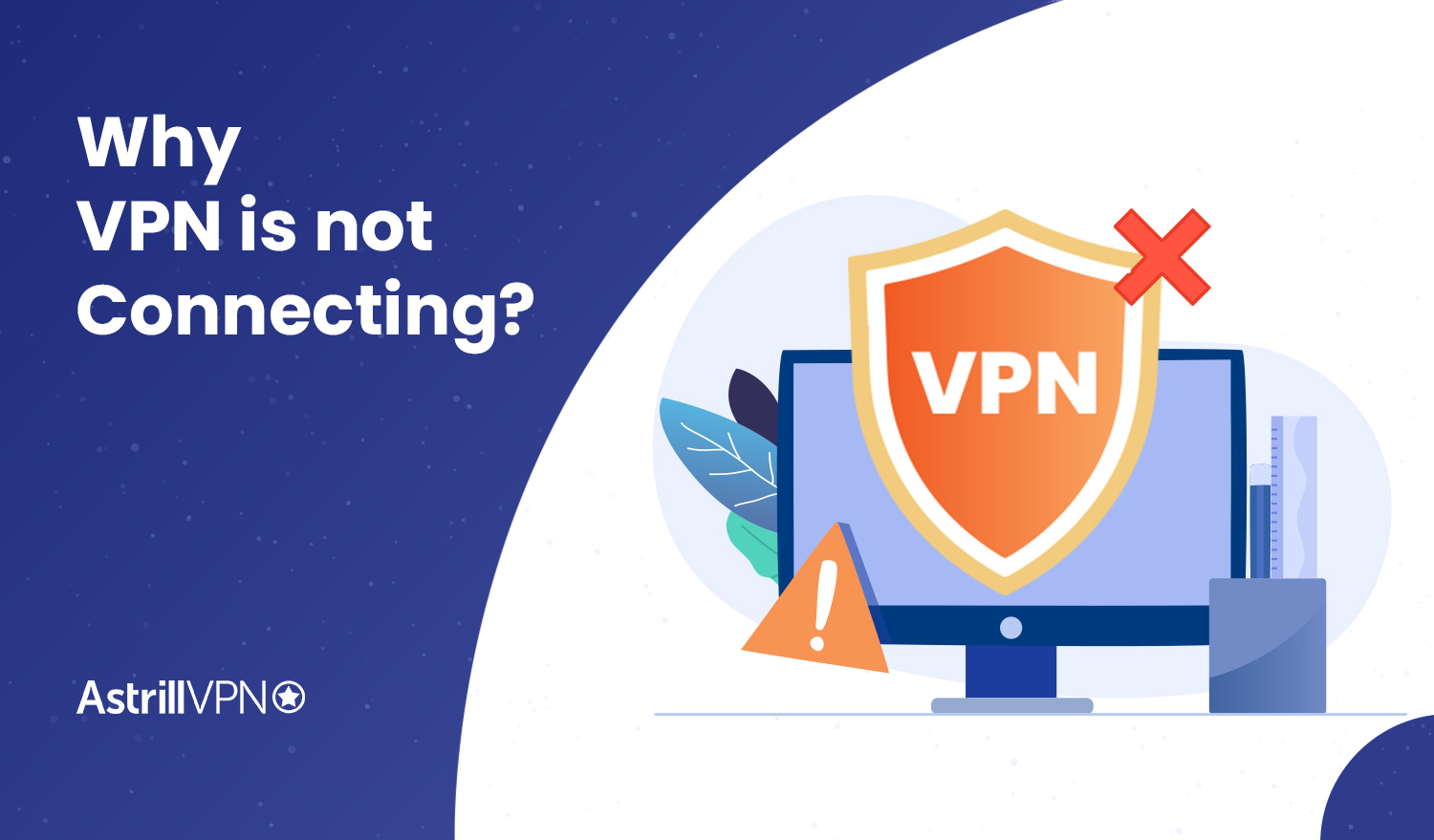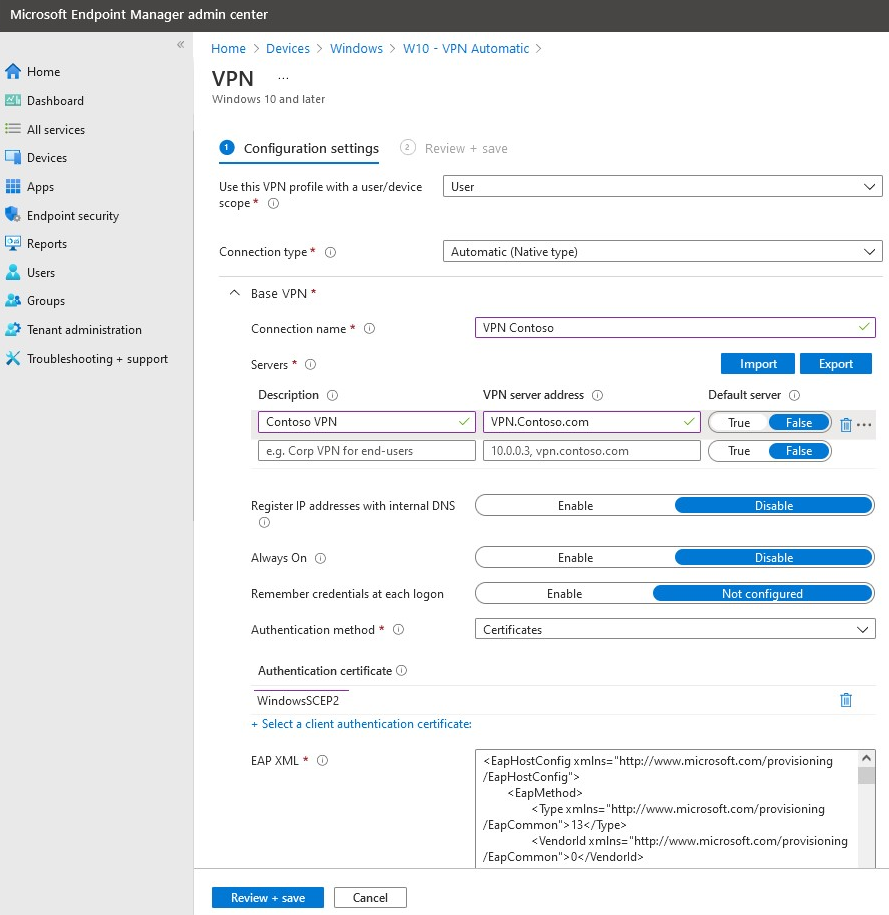Featured
Table of Contents
Vpn Is Not Connecting - Learn How To Fix It In 10 Steps

The Routing and Remote Gain access to snap-in lives within the Microsoft Management Console, understood as the MMC. There are multiple methods to access the MMC. You can select the console from the Start menu's Programs choices, within the Administrative Tools folder within Windows server's Control Panel or by typing mmc at a command timely.
As Tech, Republic's Brandon Vigliarolo demonstrates within his video at the start of this post, the Services console displays the status of the Routing and Remote Access entry. From within the Services console and with the Routing and Remote Access entry highlighted, you can click Start the Service or right-click the entry and select Restart.
In some cases the VPN client and VPN server are set to using various authentication techniques. Confirm whether an authentication mistake is the issue by opening the server console. Yet another technique of accessing the MMC is to type Control+R to open a command timely in which you can type mmc and hit Go into or click OK.
If the entry isn't present, click File, select Add/Remove Snap-in, pick the Routing and Remote Access option from the options and click Add, then OK. With the Routing and Remote Gain access to snap-in included, right-click on the VPN server and click Characteristics. Evaluate the Security tab to validate the authentication method.
How To Fix A Vpn Not Working On Your Iphone Or Ipad
Guarantee the VPN customer is set to the authentication technique defined within the Security tab. Normally the items simply evaluated are accountable for most VPN connection refusal errors. Other principles should be correct, too. For example, if the Windows Server hosting the VPN hasn't joined the Windows domain, the server will be not able to confirm logins.
IP addresses are another fundamental element for which administration must be correctly set. Each Web-based VPN connection normally utilizes two various IP addresses for the VPN customer computer. The first IP address is the one that was assigned by the customer's ISP. This is the IP address that's utilized to develop the preliminary TCP/IP connection to the VPN server online.

This IP address generally possesses the same subnet as the local network and hence allows the client to interact with the local network. When you set up the VPN server, you should set up a DHCP server to appoint addresses to customers, or you can produce a bank of IP addresses to appoint to customers straight from the VPN server.


If this alternative is chosen and the effective remote gain access to policy is set to enable remote gain access to, the user will have the ability to attach to the VPN. Although I have actually been unable to re-create the scenario personally, I have actually heard reports that a bug exists in older Windows servers that can cause the connection to be accepted even if the effective remote gain access to policy is set to reject a user's connection.
Troubleshooting Vpn Passthrough For Home Routers - Answer

Another typical VPN issue is that a connection is successfully established however the remote user is unable to access the network beyond the VPN server. By far, the most common cause of this problem is that authorization hasn't been given for the user to access the whole network. To permit a user to access the entire network, go to the Routing and Remote Access console and right-click on the VPN server that's having the problem.
At the top of the IP tab is an Enable IP Routing check box. If this check box is made it possible for, VPN users will be able to access the remainder of the network, assuming network firewalls and security-as-a-service settings permit. If the checkbox is not chosen, these users will be able to access just the VPN server, however nothing beyond.
If a user is dialing directly into the VPN server, it's generally best to set up a static path in between the client and the server. You can configure a static route by going to the Dial In tab of the user's properties sheet in Active Directory Users and Computers and selecting the Apply A Fixed Route check box.
Click the Include Route button and after that get in the location IP address and network mask in the space supplied. The metric need to be left at 1. If you're utilizing a DHCP server to assign IP addresses to clients, there are a number of other issues that could trigger users not to be able to go beyond the VPN server.
Fix Bitdefender Vpn Errors 182, 99, 12, 9, 4, 2 & More
If the DHCP server designates the user an IP address that is already in usage somewhere else on the network, Windows will discover the dispute and avoid the user from accessing the rest of the network. Another typical problem is the user not getting an address at all. The majority of the time, if the DHCP server can't appoint the user an IP address, the connection will not make it this far.
254.x. x range. If the customer is designated an address in a range that's not present within the system's routing tables, the user will be not able to browse the network beyond the VPN server. Other problems can add to this problem, too. Ensure the resources the user is trying to access are actually on the network to which the user is linking.
A VPN connection to the other subnet might, in truth, be needed. A firewall software or security as a service solution could likewise be to blame, so do not forget to evaluate those options' settings, if such elements exist between the VPN server and the resources the user looks for to reach.
The first possibility is that a person or more of the routers included is performing IP package filtering. IP package filtering could avoid IP tunnel traffic. I recommend inspecting the client, the server and any devices in between for IP package filters. You can do this by clicking the Advanced button on each machine's TCP/IP Properties sheet, choosing the Options tab from the Advanced TCP/IP Settings Characteristic sheet, choosing TCP/IP Filtering and clicking the Characteristics button.
Latest Posts
Common Vpn Error Codes And Solutions For Windows 11/10
24 Best Vpn Services Available In 2023
What's The Difference Between Vpn & Ip Vpn?